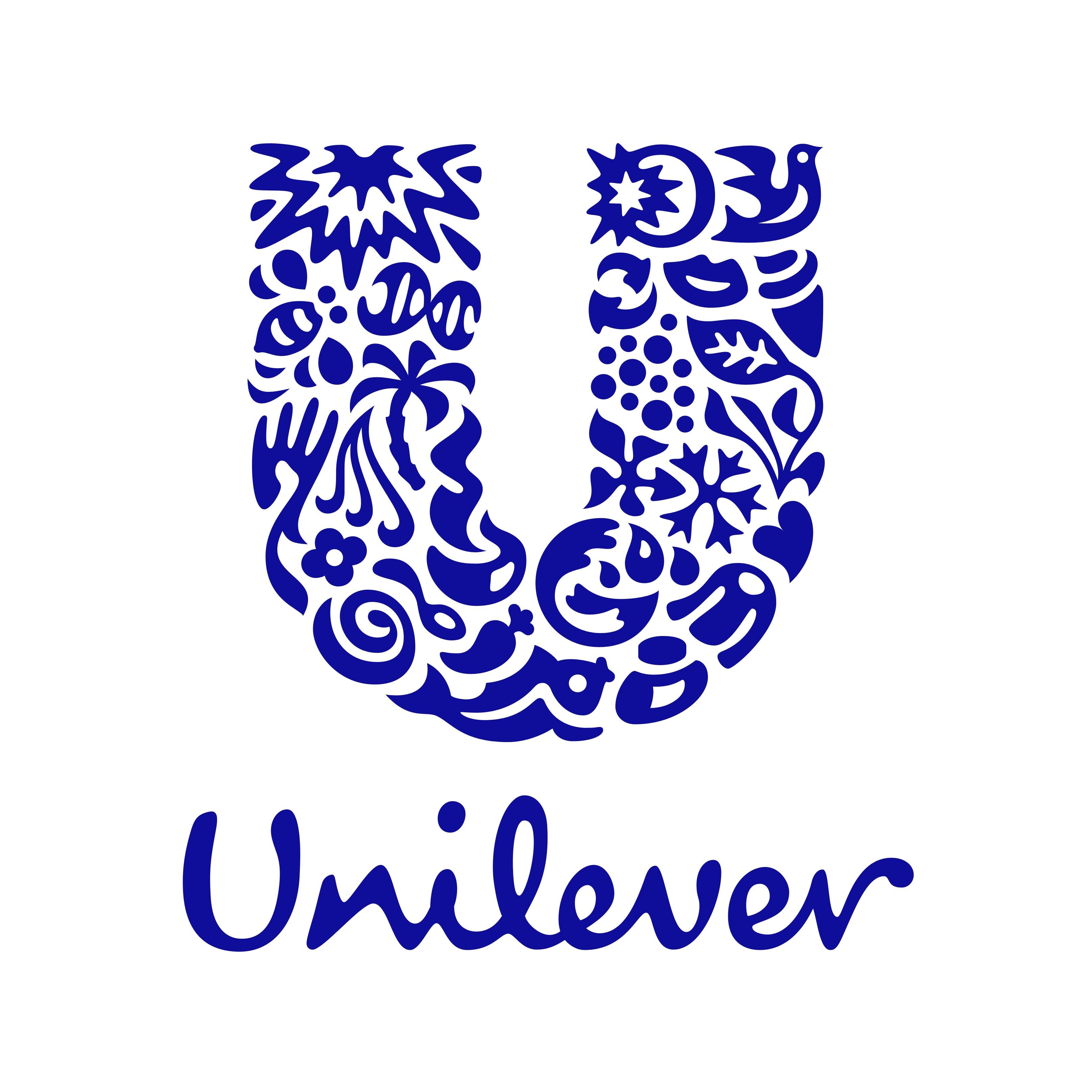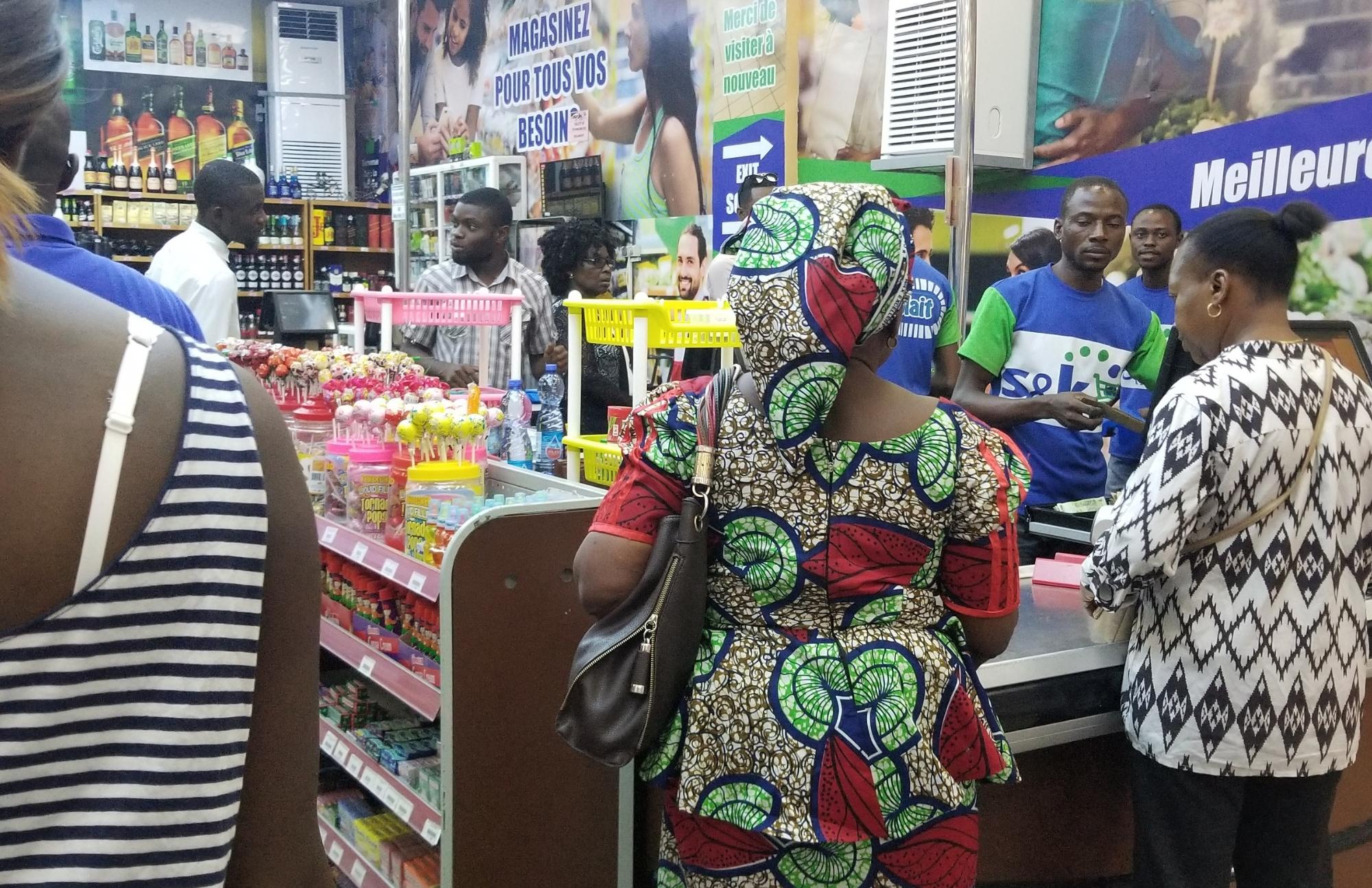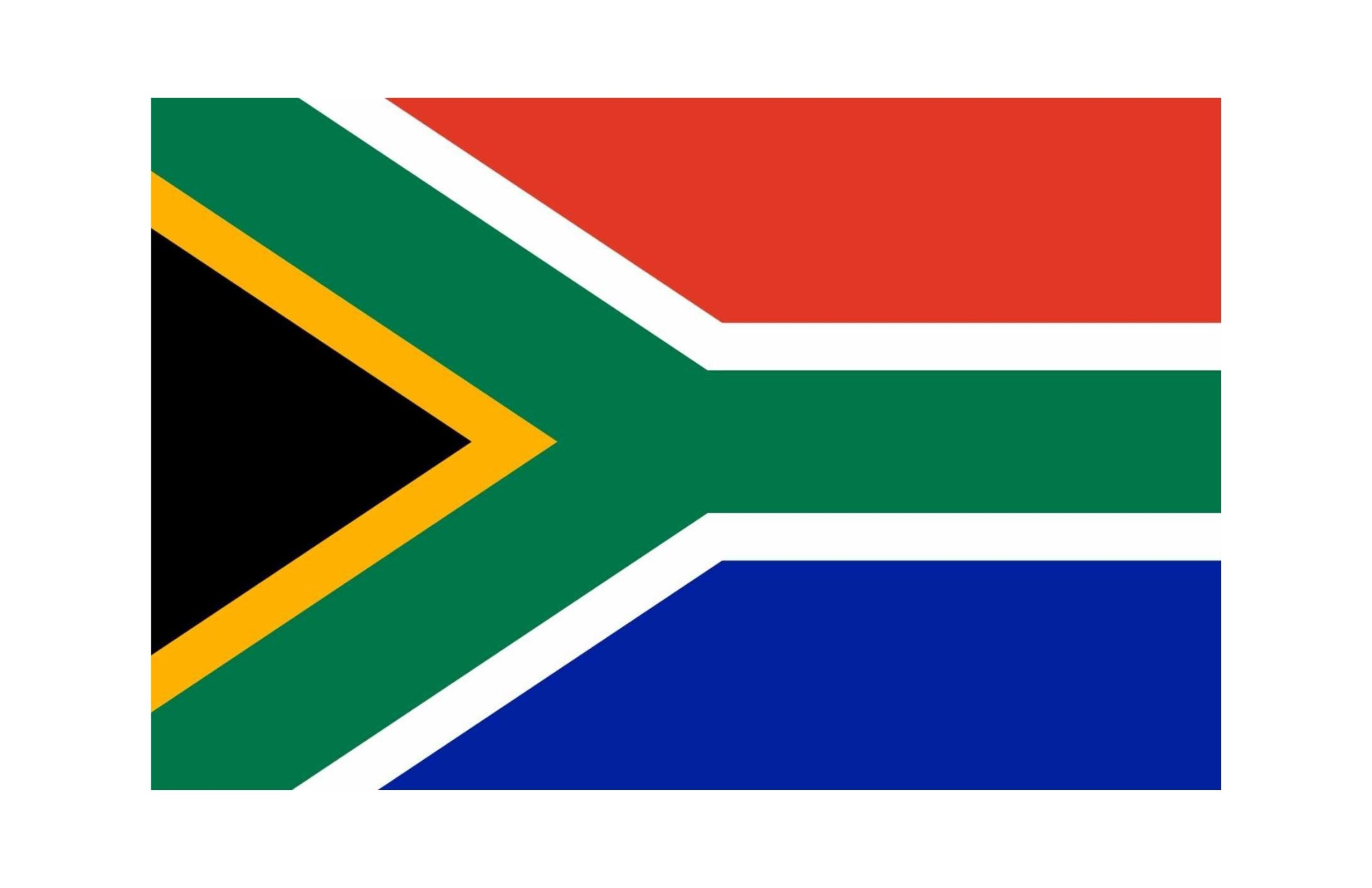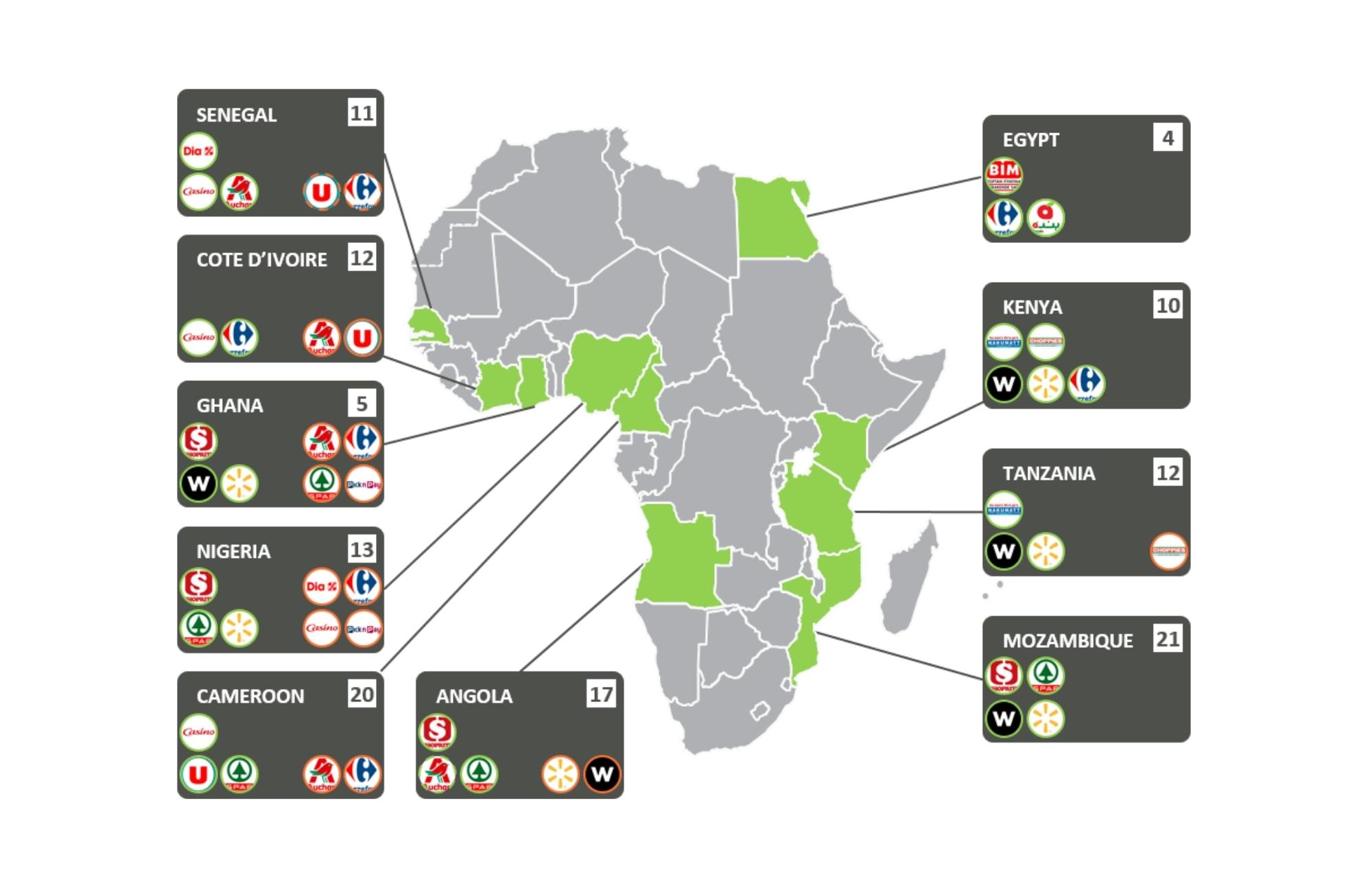Unilever has announced that it plans to separate its ice cream business from the company, a move that will see one of its five core business units likely split off in 2025. Unilever has been undertaking an aggressive strategic review of its business for several years, including selling of brands like Dollar Shave Club and Elida as well as whole business units such as tea (now Ekaterra) and margarine (now Upfield).
The ice cream business unit includes brands such as Wall’s/Ola, Magnum, Ben & Jerry’s and Cornetto. It accounted for 13% of Unilever’s annual turnover, $8.6bn in revenue, in 2023.
Unilever is one of the most established FMCG companies in Africa, with factories in South Africa, Kenya, Ethiopia, Nigeria, Ghana, Cote d’Ivoire, Egypt, Algeria and Tunisia. However, it only manufactures ice cream in South Africa. The factory opened in 2015 at Lords View Industrial Park, in Midrand.
As such, in the immediate term, the sale of Unilever’s ice cream business won’t shake up ownership except in South Africa, with a smaller knock on effect to satellite markets like Namibia, Botswana, Zambia and Mozambique, where brands like Ola and Magnum are exported.
Although Unilever considers its ice cream business to be underperforming and has the additional challenge of supply chain and fx issues for several African markets, we expect the next owner of Unilever’s ice cream business may take another look at Africa. The main reason is demographics: the median age across Africa will be 24 in 2050, compared to 46 in Europe, 43 in North America, 40 in Asia and 38 in India. In many sub Saharan African markets the median age will be even younger.
Unilever’s focus on blockbuster premium global brands requires some alterations for low income markets with inconsistent power supply and low penetration of refrigerators. Nowhere is this more obvious than in ice cream in Africa.
By unhitching the ice cream business from Unilever the next owner will get the opportunity to focus on African markets in a more targeted way, should they choose. We don’t think this will mean Ben & Jerry’s or Cornetto filling freezers in supermarkets across East or West Africa. Rather, we think the opportunities lie in moving away from pure premium and exploring novel routes to market that overcome the issue of lack of refrigeration and limited budgets.
Neither Unilever, Nestlé/ Froneri, General Mills or Mars have any kind of dominance across Africa, where this gap has been filled by a long tail of smaller and often local players.
But there are several good examples of brands that are being more adaptive, such as IFFCO’s popular London Dairy brand or Danone’s brands in Nigeria, go Slo and Fan. Ultimately, we expect the prospect of another 1.2 billion young, aspirational consumers in Africa between 2020 and 2050 to create some impetus for a dedicated Africa ice cream strategy.










